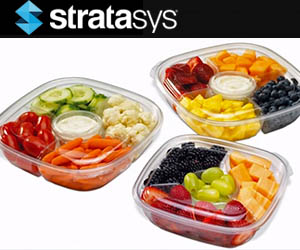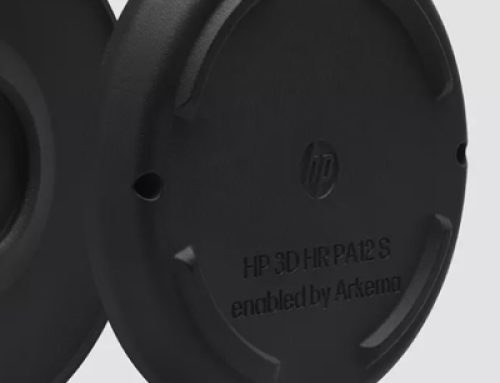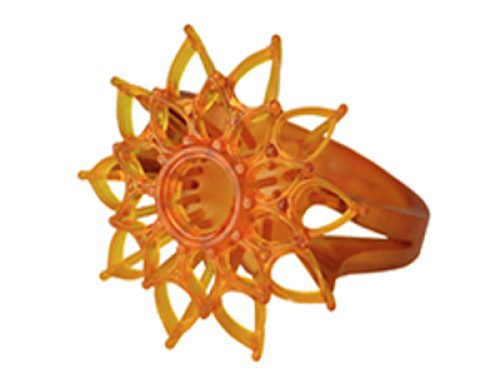
Thermoforming is a process in which sheets of extruded plastic are formed into custom shapes. The process begins by heating a sheet to an elastic or pliable state. After the plastic softens, a mold is placed under the sheet, and the sheet is drawn onto the mold by either a vacuum or air pressure. Upon cooling, the plastic takes the shape of the mold, forming a finished solid part.


Thermoforming is a widely adopted process in the packaging industry, most notably for food containers. But it can be utilized in the production of larger products & technical items, for example, car body applications, aerospace, mass transit parts, and even panels for refrigerator doors. Advantages include flexible wall thicknesses, short cycle times, high output, and the ability to produce heavy parts. It is also cost-efficient for small volume lots, and modifications are practical from a cost perspective.

Traditional methods require aluminum or wood molds produced on milling machines, and prototyping calls for considerable time, labor and machining costs, which can limit the ability to test multiple designs. Manual drilling of vent holes is also required, which can potentially cause unevenness and increased overall time to market.

3D printing with Fortus FDM machines provides an alternative method to produce rapid tooling molds for thermoform prototypes and low-volume batches. These tools have the strength and heat resistance necessary to withstand the high temperatures of extruded sheets. Once a tool is designed, printing can begin immediately, whereas CNC machines require additional time for setup and fixturing.

Molds produced by FDM are porous in nature and thereby eliminate the need for manual drilling of vent holes. The advanced toolpathing capabilities of Insight Software provide the ability to increase airflow in specific areas. Furthermore, the smooth surface quality of 3D molds limits the time needed for post processing.

As you can see, 3D printing can deliver functional thermoform molds used for prototype sampling and short-production runs. The design freedom allows for greater complexity, providing a competitive advantage through increased product innovation. For more information on our 3D printers and additive manufacturing solutions, please click the button below.








Leave A Comment